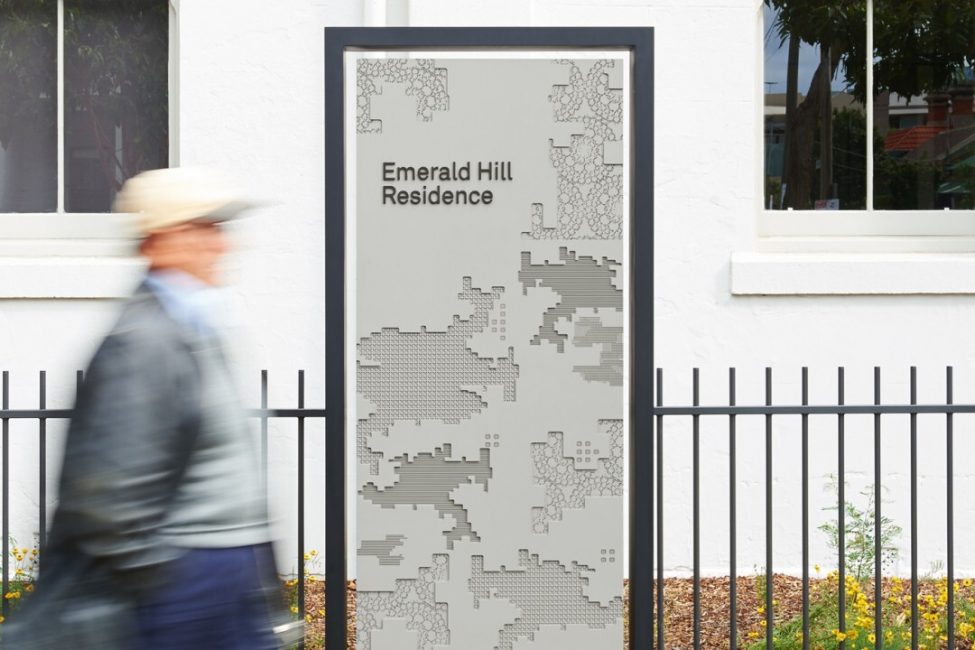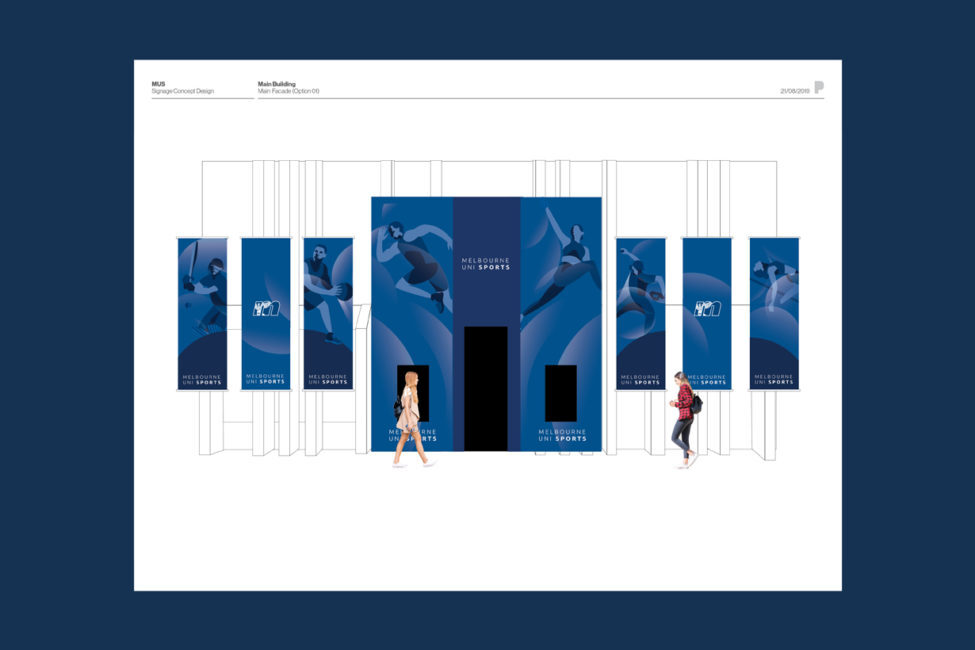The Importance of Wayfinding & Signage Strategy
Wayfinding and signage are essential components of the urban environment. They save time and reduce stress associated with traversing unfamiliar settings to reach new locations. Because they have substantial health, social, economic, and environmental influence on individuals, organisations, and communities, it’s crucial to implement well-designed solutions that navigate complex environments with ease. This can be throughout buildings, outdoor pedestrians, cyclist routes, and even sections of roads.
With ongoing development plans to urbanise our neighbourhoods and fulfill the needs of diverse communities, there is a constant need for legible and suitable informational signage capable of visually directing people through unfamiliar settings.
When preparing your wayfinding and signage strategy for a project or tender submission, it’s always important to consider the following:
1. Affects on user experience and branding
Wayfinding is a means of addressing spatial problems. Put simply, it solves the challenge of finding a way from one location to another, sometimes to multiple destinations; nevertheless, addressing the problem may be more difficult in complex environments. To provide the optimal user experience that meets the architectural goal of your specific space, your wayfinding strategies must be influenced by the human experience and the intrinsic needs of each user. In essence, the process should involve planning and researching user groups to understand how they interact with a location, whilst also considering council and law requirements that may affect execution. Wayfinding principles also determine the strategic application of wayfinding and signage design, during execution phase.
Wayfinding and signage are excellent opportunities to communicate brand characteristics to the community. It’s an opportunity to promote your brands distinctive character using colour, secondary language and type and bolster brand awareness by sending your strategic message to pedestrians. Therefore, a piece of signage may serve as a marketing tool whilst simultaneously improving user experience, connecting those who need to connect with your company or location.
Before embarking on any large-scale design development, creating a concept design informed by the strategy is crucial for visualising target audience practicality.
2. Design for Accessibility
It is critical to address the requirements of people with vision impairments when developing a wayfinding strategy. The readability and intelligibility of spatial signals that contribute to the finding and utilisation of environmental information should not discriminate. This navigation style refers to visual accessibility, a system typically used for participants with disabilities and impairments but is beginning to cross over to all signage developers.
Sign designers can make improvements for the visually impaired by integrating an informed Braille strategy, tactile letters, and guidelines, or by the use of ground surfaces that create different sounds. Talking signs, or loudspeaker messages are also highly desirable to people with visual impairments, which sighted people can also benefit from. Users in wheelchairs and other means of mobility must also be considered. For example, Braille and tactile surfaces need to be positioned relatively low so that users in wheelchairs can reach and read the signs.
To truly make wayfinding accessible, signages must be situated in certain positions, heights, scales, and angles that allow users to get access to the information. Freestanding signs are obstacles to be avoided whenever possible. Because visually accessible signage for the disabled may not be optimal for sighted people, a concept design stage is critical to ascertain the inclusivity factor of the design.
Discover Principle Design’s Wayfinding & Signage services and get in touch if you are interested in collaborating with us on a project or tender submission.



